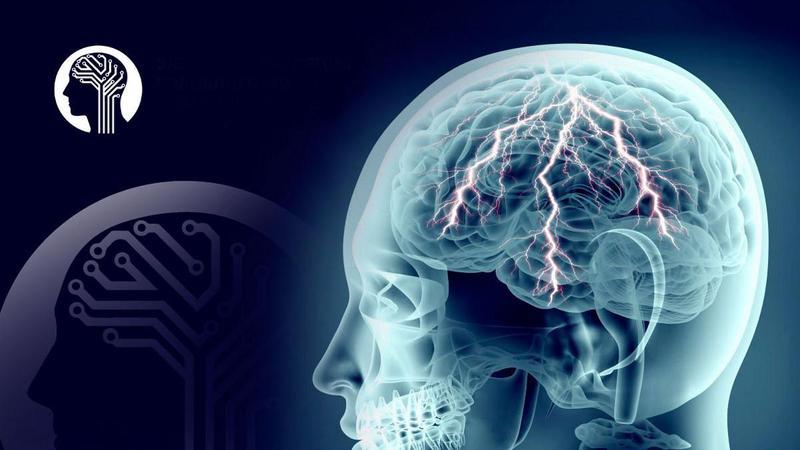Transcranial Magnetic Stimulation In The Fight Against Addiction
Transcranial Magnetic Stimulation In The Fight Against Addiction
Many people around the world suffer from various addictions, such as alcoholism, psychoactive substances, nicotine and many others. According to new statistics, 21.5 million Americans suffer from addictions! About 80,000 people die from overdoses each year in the USA. Recently, a tool has appeared on the technology market that can help people cope with their addictions. The technology is called transcranial magnetic stimulation. Let’s look at how this technology can help people cope with addiction.
TMS was used 10 years ago by doctors to treat symptoms of depression when antidepressants did not work, as well as Parkinson’s disease, epilepsy, chronic pain and schizophrenia. TMS is a non-invasive procedure.
So how is it done?
A coil is placed on the patient’s head, transmitting magnetic pulses of 10-20 GHz into the brain. The threshold is adjusted according to the frequency of movement of the person’s foot or thumb. The therapy is carried out in sessions of 30 minutes, several times a week for a month. Scientists say that the alternating magnetic field improves communication between individual areas of the brain.
In 2013, the National Institute on Drug Abuse decided to experiment with TMS in the fight against addiction. In their experiments, they used cocaine-addicted rats, which were willing to suffer any pain just to get the desired dose. Once the brains of these rats were stimulated, the addiction immediately disappeared.
Luca Rossi, a well-known Italian doctor, and his father were addicted to crack cocaine. They decided to turn this problem to a drug addiction specialist, Luigi Galimberti, who used TMS technology on them. And it worked! By stimulating the ventromedial prefrontal cortex with magnetic pulses, many addictions were cured!
So how does addiction come about?
The problem is that addiction hijacks the reward circuit in the brain, which saturates it with dopamine. This gives us a sense of euphoria while using drugs, alcohol and other addictions. But each time we do, the brain gets used to more dopamine, and it becomes scarce. It needs another dose, and another. But transcranial magnetic stimulation technology reduces brain activity in the area of addiction, which helps fight it. The results of the first such study were presented in the journal Biological Psychiatry: Cognitive Neuroscience and Neuroimaging by the Medical University of South Carolina.
Other studies have also been carried out. Tonisha Kearney-Ramos conducted a study where he took 24 alcoholics and 25 cocaine addicts as subjects. Most of them had a TMS session, but one person had a false TMS session. The scientist then looked at the subjects’ reactions to the objects of their addictions. It turned out that those subjects who had undergone real therapy showed less brain activity towards their addiction than the person who had undergone false therapy.
Brain activity in the ventromedial prefrontal cortex also manifests itself in various other illnesses, such as anxiety, PTSD, traumatic brain injury and others. Research is now underway to apply TMS technology to patients with these conditions as well.
Be the first to post a message!
